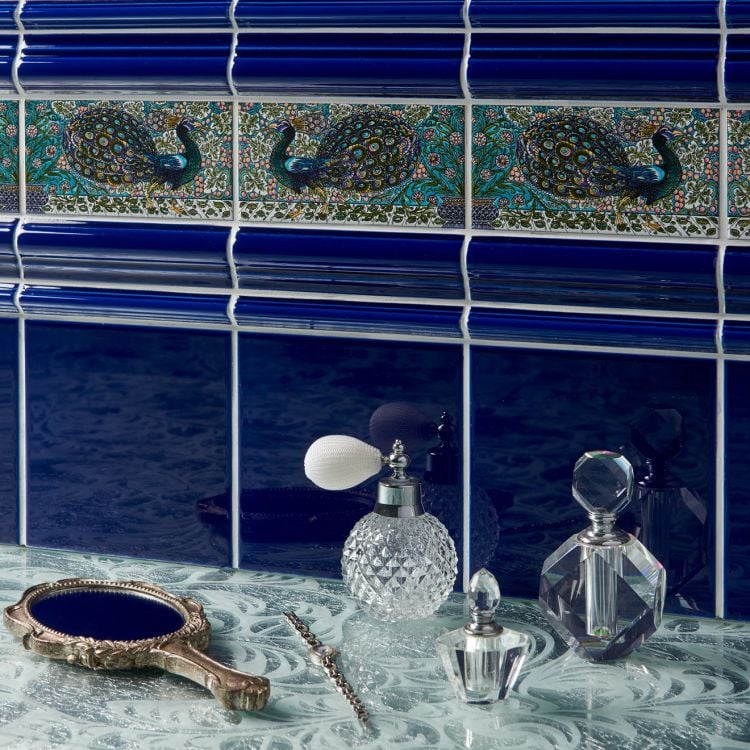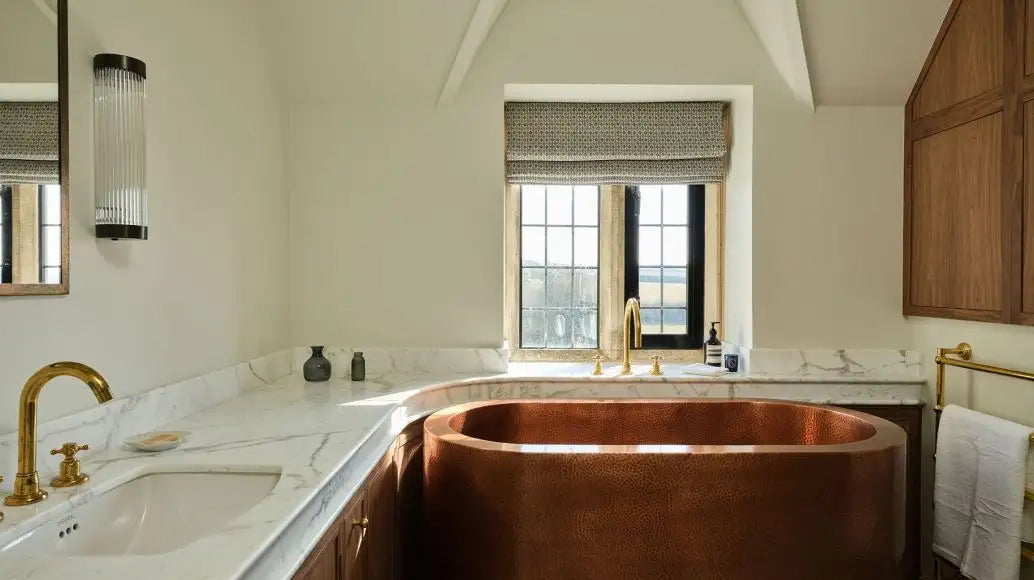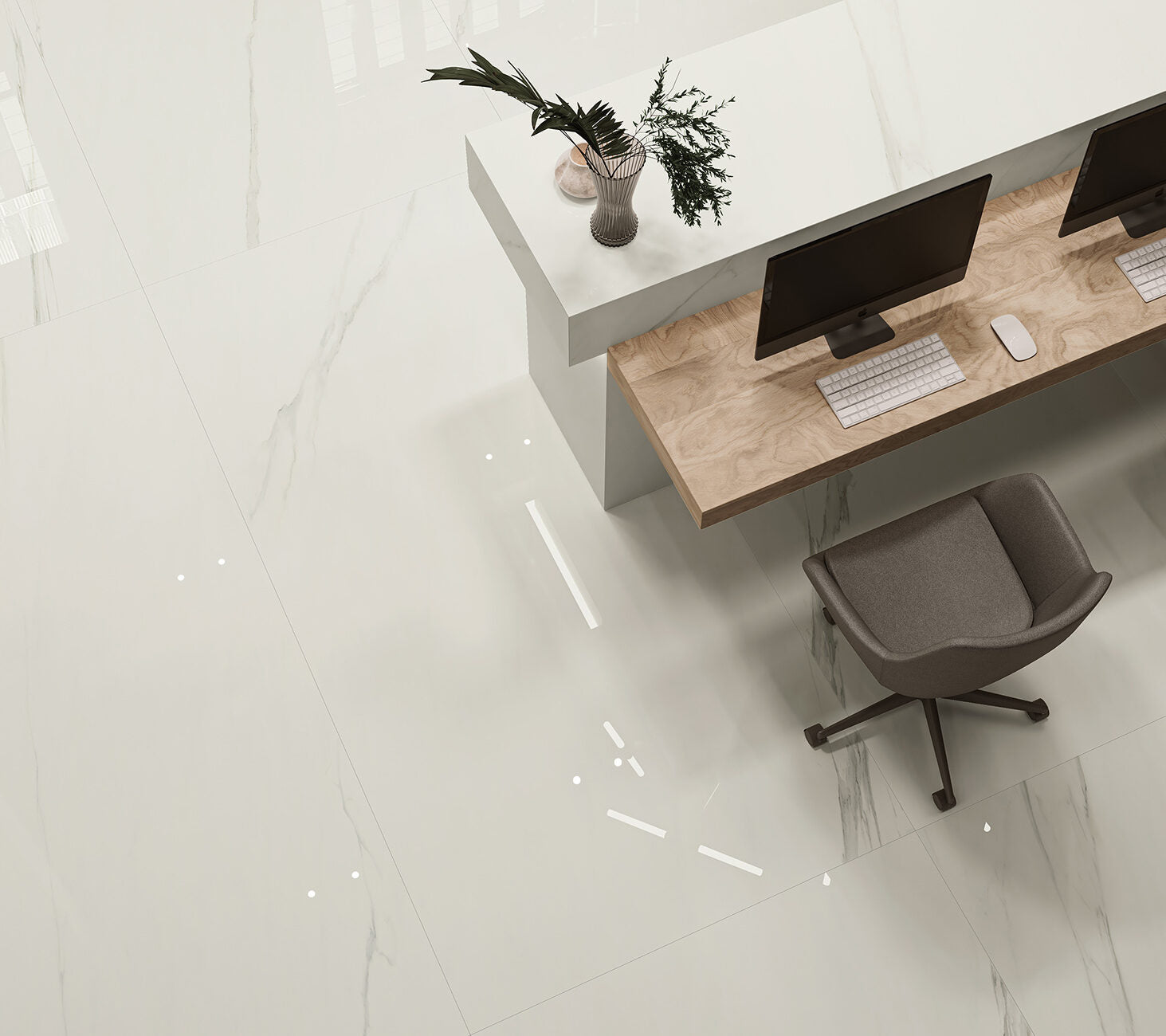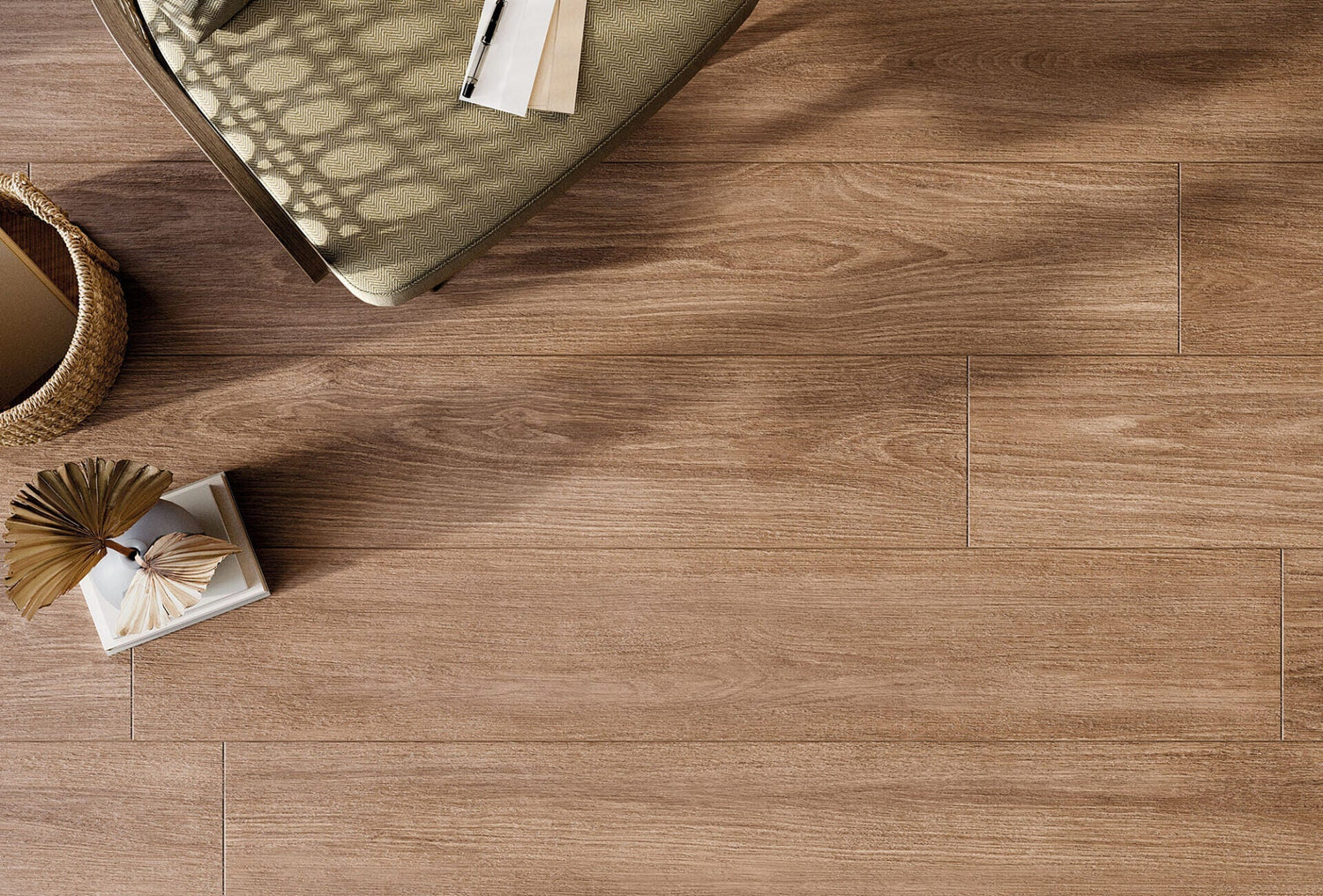Because the details really do make the difference.
If you’ve ever stood in a tile showroom and thought “Why are there so many options?” — you’re not alone.
From giant slabs to tiny mosaics, and grout colours you never knew existed… choosing the right tile setup can feel like a full-blown design project. But don’t worry — we’re here to break it all down, with practical tips and ideas you can actually use (especially if you're tackling a bathroom update yourself).
Let’s start with tile sizes: does size really matter?
Yes. Absolutely. Here’s why:
Large Format Tiles
(Think: 600x600mm or bigger)
These are ideal if you want a sleek, modern look with fewer grout lines. They’re also brilliant at making smaller bathrooms feel more spacious — especially if you run them across the floor and up the walls.
DIY Tip:
Large tiles are heavier and can be tricky to cut. If you’re doing it yourself, make sure you’ve got the right cutter — or better yet, ask your supplier if they offer pre-cut options for tricky areas like around pipework.

Metro & Small Format Tiles
(Typically 200x100mm or similar)
Classic, affordable, and super versatile. Lay them stacked for a modern feel or go for a brick or herringbone pattern to add character.
DIY Tip:
Use tile spacers to keep those grout lines straight — even a slight wobble can stand out when you’re using a bold layout like herringbone.

Mosaics
Great for curved surfaces, niches, or creating a feature wall. Plus, they usually come on mesh sheets, which makes laying them easier than you'd think.
DIY Tip:
Always check your sheet layout before sticking them to the wall. Sometimes the patterns need rotating to line up properly, especially with irregular shapes.

Plank Tiles
(Think timber-look or microcement-style tiles)
These give a gorgeous, elongated look and are fab for creating flow in long bathrooms or hallways.
DIY Tip:
Try laying them in a third-offset or herringbone pattern for a high-end look. And always check the direction of the grain if you’re going for a wood-effect finish.

Now, how you lay them makes a huge difference
The same tile can look totally different depending on the layout. Here are a few go-to options:
-
Stacked (grid-style): Clean and modern. Ideal for minimal designs.
-
Brick Bond: Traditional and forgiving — hides slightly uneven surfaces.
-
Herringbone: Bold, stylish, and brilliant for feature areas.
-
Diagonal: Makes small spaces look bigger (especially on the floor).
-
Modular: Great if you like a more rustic, “lived-in” feel.
DIY Tip:
Always dry-lay a section before committing with adhesive. It helps you visualise the pattern, especially with more complex layouts.
Grout: the quiet design hero
Most people overlook grout — but it can totally make or break the look.
Want a seamless look?
Go for grout that matches your tile colour. It softens the overall finish and works beautifully in spa-style bathrooms or with microcement-style tiles.
Want to highlight the shape or layout?
A contrasting grout (think white grout with black tiles) creates a striking effect, especially with metro or mosaic tiles.
Worried about dirt or mould?
Dark grout is more forgiving. And for wet areas like showers or floors, epoxy grout is your best bet — it’s water-resistant and far easier to keep clean.
DIY Tip:
Test a small patch first! Some porous tiles (like unglazed ceramics or natural stone) can absorb grout pigment — and that’s not a fun surprise post-install.
Quickfire Pro DIY Tips from North Arch Bathrooms
-
Use flexible adhesive and grout if you’ve got underfloor heating.
-
Tile vertically in low-ceiling bathrooms — it draws the eye up.
-
Grout widths matter: 2mm for sleek and modern, 3mm+ for rustic or handmade tiles.
-
Seal natural stone and encaustic tiles before grouting to prevent staining.





